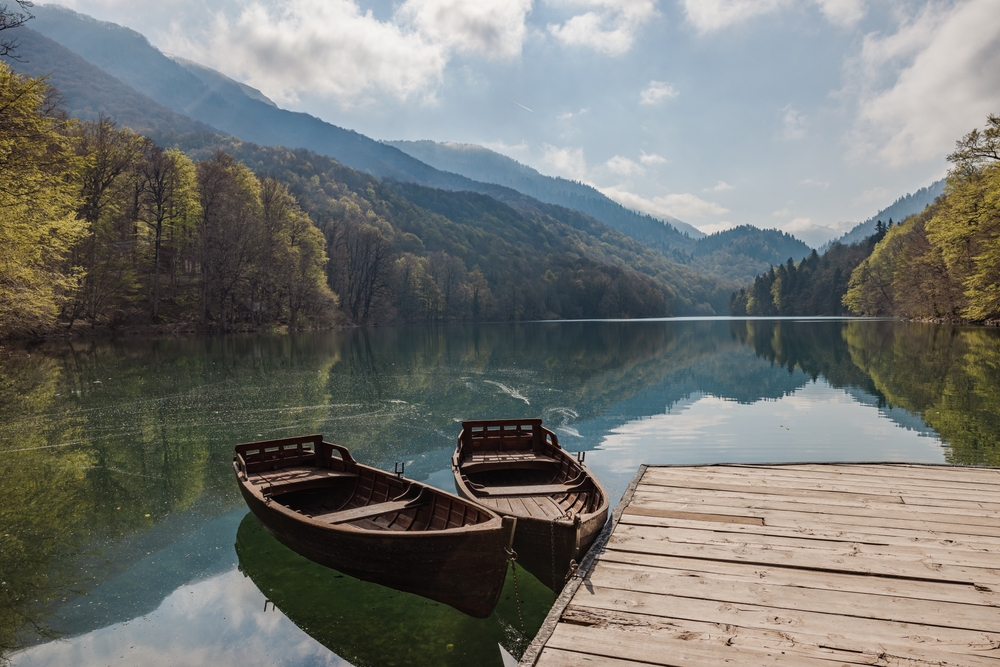Biogradska Gora Overview
Biogradska Gora National Park, known locally as “Nacionalni park Biogradska gora,” is a stunning protected area located in the northeastern part of Montenegro, nestled in the Bjelasica mountain range. This park, spanning an area of approximately 21 square miles (54 square kilometers), is one of Europe’s last remaining primeval forests and a haven for biodiversity.
Established in 1952, it is one of the oldest national parks in Montenegro and is celebrated for its pristine natural beauty, diverse ecosystems, and tranquil landscapes. The park is centered around the picturesque Biogradsko Lake, a glacial lake at an elevation of 1,094 meters (3,589 feet) above sea level, offering an enchanting focal point for visitors.
The terrain of Biogradska Gora National Park is a breathtaking mosaic of dense ancient forests, rolling green meadows, glacial lakes, and rugged mountain peaks. Over 80% of the park is blanketed by forest, featuring towering beech, fir, and spruce trees, some of which are over 500 years old.
The park’s highest point is Crna Glava, rising to 2,139 meters (7,018 feet), and its dramatic slopes and valleys are traversed by sparkling streams and rivers, such as the Biogradska Rijeka. Visitors are captivated by the lush undergrowth of ferns, mosses, and wildflowers that thrive beneath the forest canopy, adding layers of texture and color to the enchanting environment.
Wildlife enthusiasts are drawn to Biogradska Gora for its incredible biodiversity. The park is home to over 200 species of birds, including golden eagles, peregrine falcons, and the iconic western capercaillie. Mammals such as brown bears, wolves, red deer, and wild boars roam the forests, while smaller species like otters and martens inhabit its streams and rivers.
The glacial lakes within the park are teeming with fish species such as trout, making it a vibrant hub for aquatic life. Amphibians and reptiles also thrive in the moist, temperate conditions of the park.
The Biogradsko Lake is undoubtedly the most popular feature of the park, drawing visitors with its emerald-green waters surrounded by ancient forest. The serene atmosphere is perfect for activities such as boating, fishing, and picnicking along its shores. Numerous hiking trails wind through the park, offering opportunities to explore its dense forests, cascading waterfalls, and panoramic viewpoints.
The circular path around Biogradsko Lake is particularly beloved for its accessibility and the stunning reflections of the surrounding landscape in the water. Additionally, adventure-seekers can embark on longer treks that lead to the high-altitude peaks and remote mountain huts.
Biogradska Gora National Park faces conservation challenges, including the pressure of tourism and the potential impact of climate change on its delicate ecosystems. However, the park has also seen significant successes in preserving its ancient forests and maintaining its biodiversity through sustainable tourism practices and conservation initiatives. The local communities actively participate in these efforts, ensuring that the park remains a pristine sanctuary for future generations to enjoy.












































































